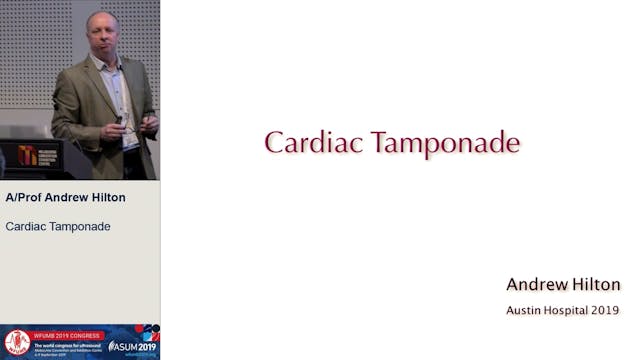BUCKLED: ultrasound in kids with distal upper limb fractures in the ED
POINT OF CARE
•
11m
Forearm fractures in children are a common presentation to the Emergency Department. Paediatric distal forearm fractures account for almost a third of all fractures in children, with a significant proportion of these diagnosed as buckle (torus) type fractures. These fractures are unique to children, occurring due to deformation of the metaphysis within a thick and strong periosteum. Point-of-care ultrasound has increasing utility in the diagnosis of non-angulated distal forearm fractures given that it is rapid, highly accurate, well-tolerated, and does not involve ionising radiation. Emergency Nurse Practitioners are utilised in the ambulatory care area, where they provide high-quality, cost-effective care. Given that NPs are heavily relied upon for the diagnosis and management of paediatric fractures, it was hypothesised that teaching them to diagnose distal forearm buckle fractures with a rapid POCUS protocol (i.e. less than 10 minutes) could potentially lead to time and resource savings, given that these patients can be appropriately discharged in a wrist splint.
During the BUCKLED observational trial, Nurse Practitioners prospectively recruited a convenience sample of more than 200 paediatric patients over a 12-month period at a tertiary paediatric hospital in Australia. Patients were enrolled between the ages of 4-16 years with a non-deformed forearm with clinically suspected fracture to be evaluated with radiograph imaging. This pilot study determined the acceptability (staff, parent, child), tolerability (pain compared to radiograph), feasibility (time of scan), and the accuracy of Nurse Practitioners to diagnose buckle fractures using point-of-care ultrasound compared to radiograph as the gold standard. Besides potential benefits in a tertiary paediatric setting, outcomes from this study may have relevance to resource limited environments. The findings from this trial will be presented, along with future directions.
Up Next in POINT OF CARE
-
How can it help; how can it hinder
Not Found
-
Cardiac masses and vegetations
Not Found



